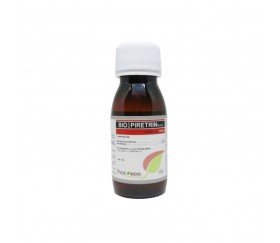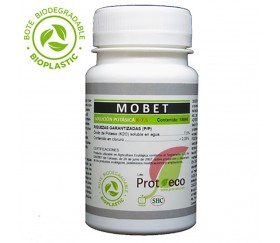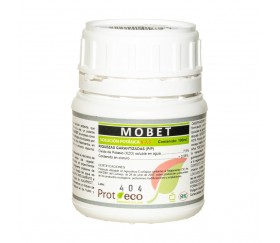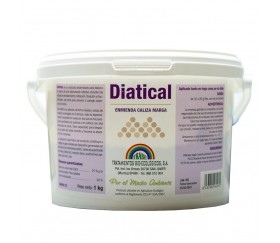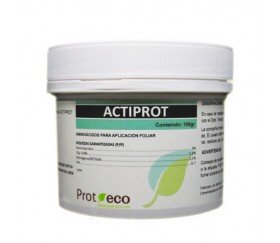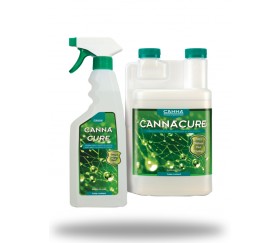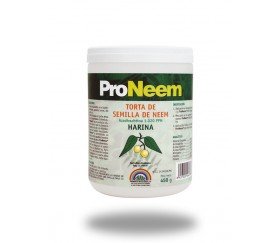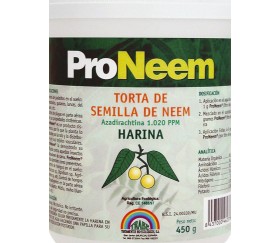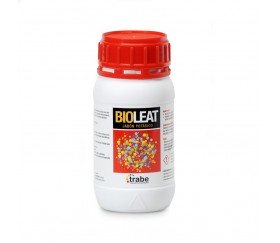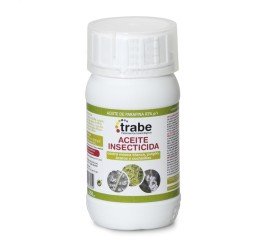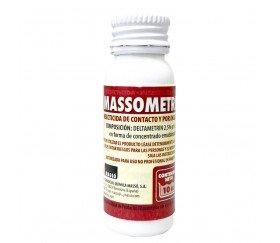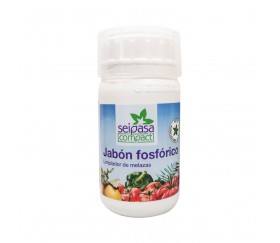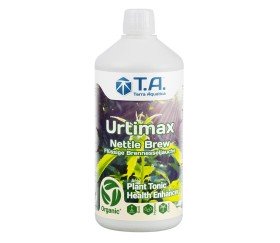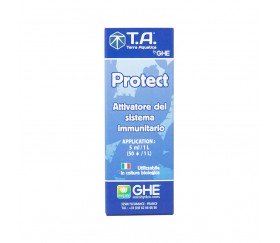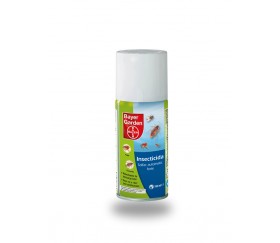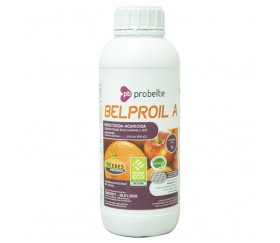Cochineals

If you grow outdoors, you should know that your cannabis plants may be attacked by cochineal insects at some stage, insects which are capable of reducing the quality and quantity of your harvest.
Let’s have a look at what exactly cochineals are, how to detect them and how to get rid of them.
What are Cochineals?
Cochineals are a type of scale insect, of which there are thousands which belong to the Coccoidea family. They’re more common in outdoor grows, gardens, greenhouses and fields than indoor grows and they tend to appear after the rain or under high humidity.
- In extreme cases, cochineals may end up killing your plants. This doesn’t usually happen, although they can be quite damaging.
- Cochineals feed off of sap from your plants, sapping up their strength and slowing their growth.
- They can insert toxins and viruses into your plants.
- Just like white flies and aphids, cochineals release a type of molasses that attracts ants and can also increase the likelihood of dangerous fungi. Ants and other insects that release molasses work tougher in this process. When it comes to cochineals, ants protect them from predators such as ladybugs, as well as protecting their eggs from the rain and transporting them when needed. If you discover ants on your plants, you should keep an eye out for these insects and vice versa. When it comes to the flowering period the secretions made by cochineals ruins your flowers, so you’re better off getting rid of them as soon as possible.
- If you find cochineals on your plants you’ll need to remove the buds from the larger leaves when drying them, which can cause them to dry up earlier and lose quality.
Cochineals are insects that reproduce rapidly, so if you find one you’ll need to act fast; if you don’t they’ll be quite hard to get rid of.
How to Detect Cochineals?
Cochineals are easy to spot:
- They’re round or oval in shape, about 2 – 8mm in size, covered in a waxy layer and slow moving. They can vary in colour from brown, to white-ish to a sort of red colour.
- They usually stay on the main branches, side branches or on the leaves. They usually rest on the joint between branches.
- They leave see-through stains on the leaves that are thick, which is the molasses they secrete.
The species that attack plants can lay between 300 and 1000 fertile eggs in their lifespan. It’s really important to prevent this infestation from happening before it becomes a real issue.
How to Prevent Cochineals
- Make sure to keep ants away from your plants. In indoor and outdoor urban grows, use ant killers on the floor near your grow tent or grow room, making sure they don’t touch the pots or substrate. Outdoors, you’ll need to find any ant hills and get rid of them with an adequate product for use in soil.
- Coloured sticky traps can also be useful when it comes to adult male cochineals, which are the only ones that fly; they’ll also help you to identify any possible insects that may attack your plants. You can use yellow and blue traps.
- Products such as Cannacure, Protect or Leaf Coat cover your plants with a protective film which makes it harder for cochineals to make them their home. They also reduce stress related to watering,.
- Silicon increases and thickens your plants outer “skin” while also increases resistance to insect infestations, Products such as Silicate, Vitalize or Silic Boost can be incredibly helpful. We also recommend using Diatical, diatomaceous earth, which damages cochineals when it comes into contact with them, while also giving your plants extra silicon and calcium.
How to get rid of Cochineals
If you’ve found cochineals on your plants:
- Try to remove as many of them as you can by hand. You can use a knife in order to remove them, or some water damp cotton with Mobet, used for cleaning them off. Remove any secretions using Mobet in order to atop fungi and ants from being a problem.
- If they've already taken over your plants you can use organic pyrethrins such as Spruzit a bio insecticide. Spruzit combines pyrethrins and rapeseed, which can also help you to get rid of other sap eating insects.
- We recommend combining insecticides with anti-stress which can stimulate natural strength and resistance such as Regulator, Revive or Alg-A-Mic.
Remember, before using pesticides…
- Carefully read the instructions.
- Use the right type of protective material.
- If you have any questions get in touch with our team of pros.
At La Huerta Grow Shop we recommend using bio products which are healthier for your plants and better for the environment. We recommend going for organic insecticides and preventive products.
Subcategories





